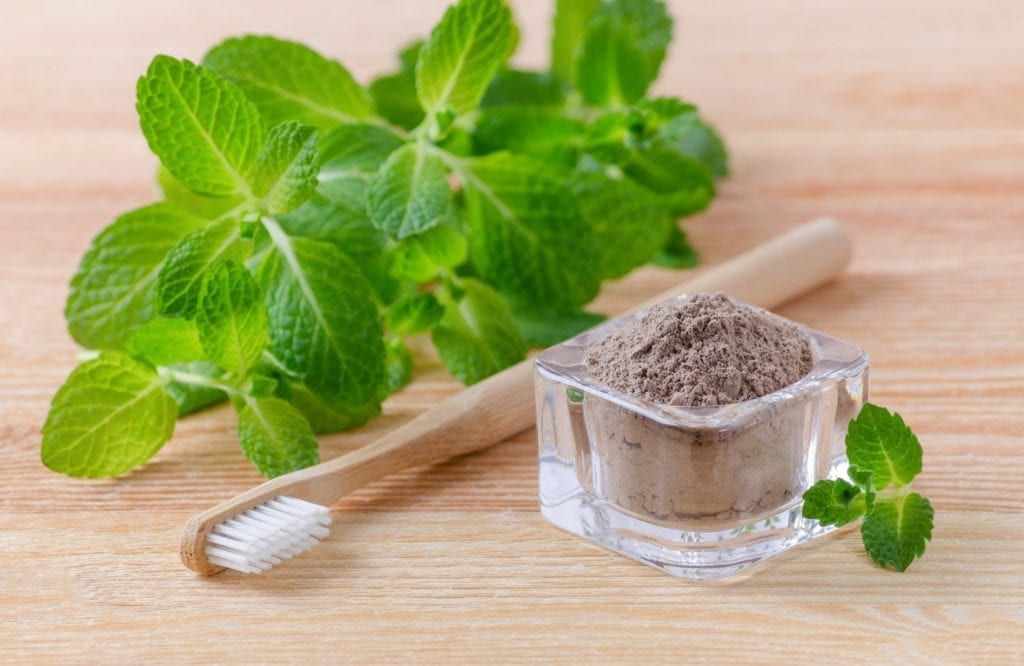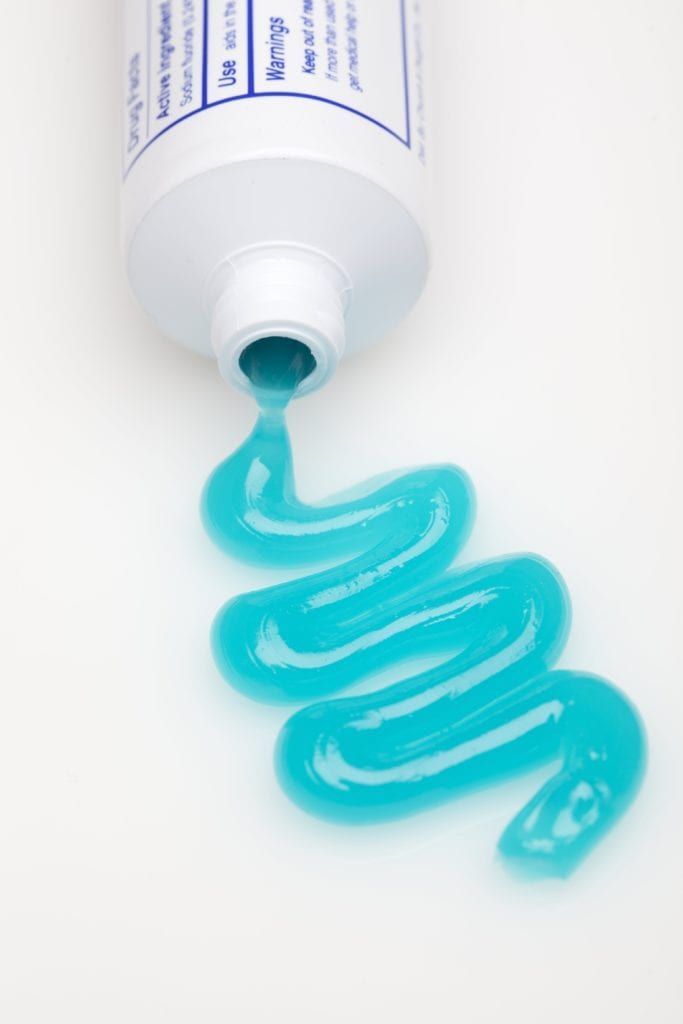Toothpaste is something we use everyday, twice a day to brush our teeth. Because brushing our teeth is such a routine behavior, most of us don’t think much about toothpaste. Oftentimes, the only time you probably think about toothpaste is when you are running low and need to buy more. Yet, toothpaste is more interesting than you may think and learning a little more about it can help you pick the right toothpaste the next time you need to buy more. Here are some things that you didn’t know about toothpaste:

The first toothpaste wasn’t actually paste at all, but a powder. Back in 5000 BC, the Ancient Egyptians developed a tooth powder made of myrrh, ox hooves, powdered eggshells, and pumice. They used this abrasive powder as a way to remove debris and clean their teeth. As time went on, tooth powder remained the primary method to clean one’s teeth until around the beginning of the 20th century. However, even today some places, like India, still use tooth powder over toothpaste.

One main ingredient used in toothpaste is water. In fact, the composition of toothpaste is made up of 20-42% water. The remaining components that make up toothpaste include abrasives to remove debris and stains, humectants to retain moisture, sweeteners to add flavor, thickening agents to stabilize the mixture, and detergents to create foam to clean the teeth.
Contrary to popular belief, not all toothpastes use fluoride. However, the American Dental Association recommends using fluoridated toothpaste and encourages people to look for toothpaste that has the ADA Seal of Acceptance. The ADA recommends fluoride toothpaste because fluoride works to strengthen the enamel, reduces the risk of decay, and has antimicrobial properties to prevent gum disease.
Despite the fact that toothpaste is flavored with sweeteners, there is no sugar in toothpaste. Instead non-caloric sweeteners such as saccharin or sorbitol are used to give toothpaste its flavor.
There are different types of toothpaste that can contain additional ingredients used for certain purposes. Some examples are whitening toothpaste which contains whitening agents and are more abrasive, desensitizing toothpaste which contain potassium nitrate or strontium chloride and are less abrasive, and tartar protection toothpaste which contain pyrophosphates or zinc citrate to prevent tartar accumulation.
Abrasive agents in toothpaste help to remove stains and clean your teeth. Toothpaste abrasives can include calcium carbonate, hydrated aluminum oxides, dehydrated silica gels, magnesium carbonate, phosphate salts, and silicates. Certain toothpastes are more abrasive than others, for example whitening toothpaste is generally more abrasive than cavity protection toothpaste.
How abrasive a toothpaste is on your enamel depends on its RDA, or relative dentin abrasivity. When you brush your teeth with only water, there is an RDA of 4, however when you add baking soda there is an RDA of 7. Toothpastes can range from low to extremely abrasive and are broken down into the following: Low abrasive toothpaste is said to range from 0-70, medium abrasive is 70-100, highly abrasive is 100-150, and harmfully abrasive is 150-250. Any toothpaste approved by the ADA falls below 250.


